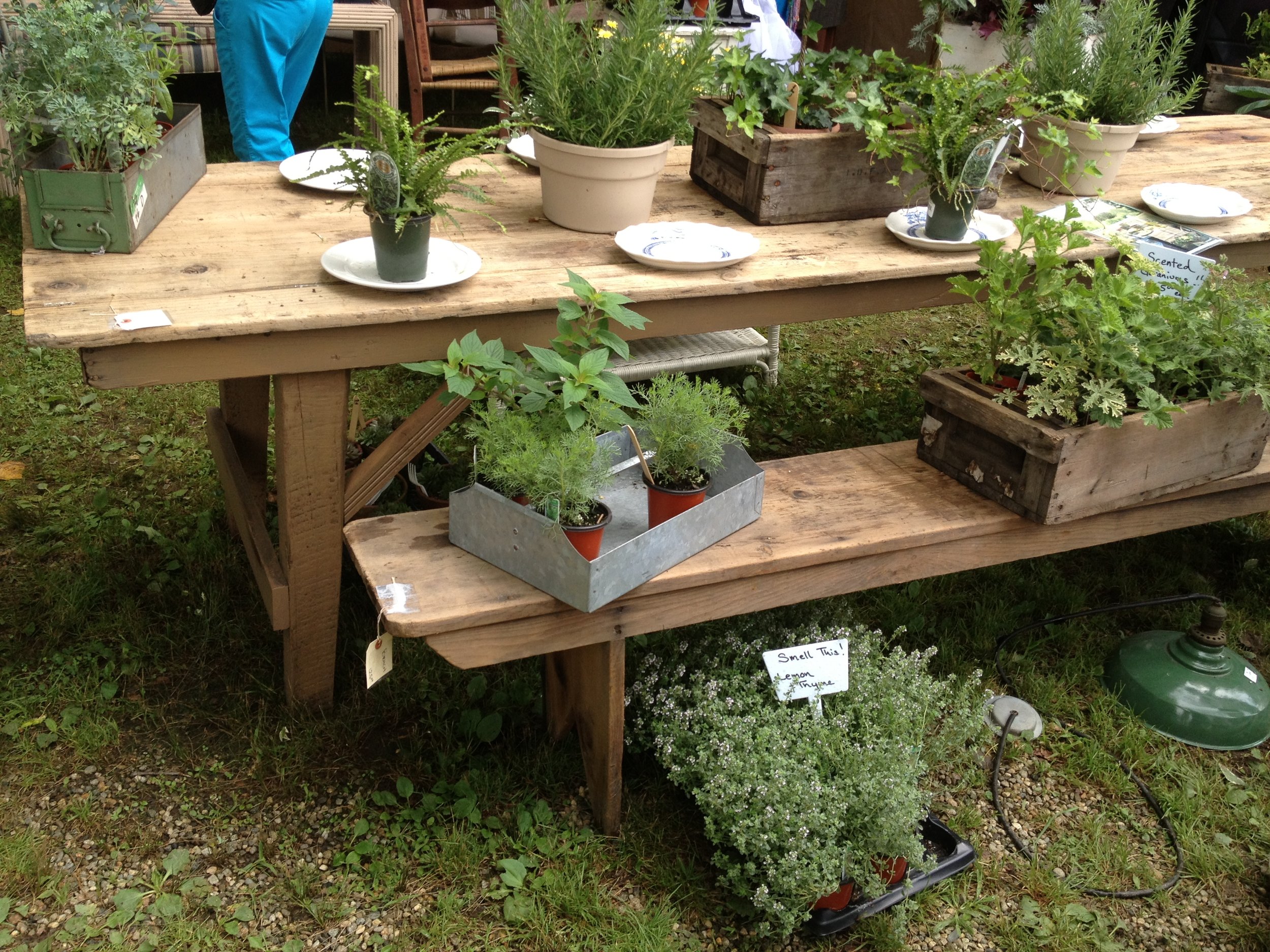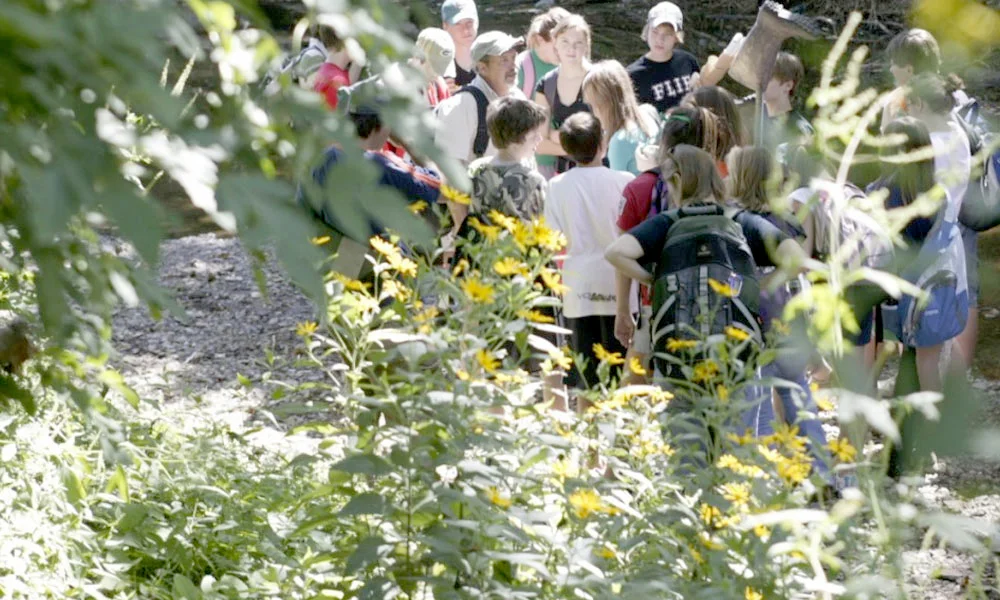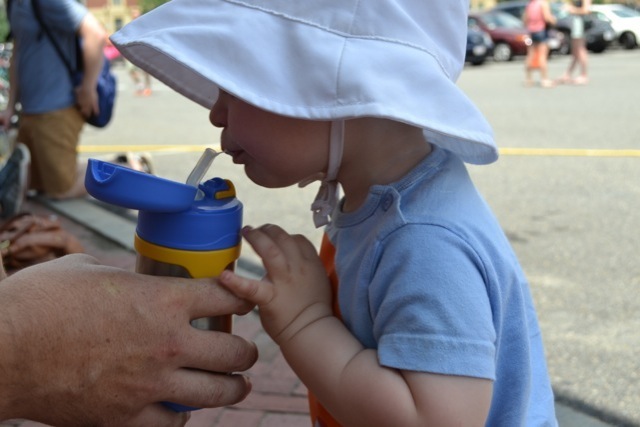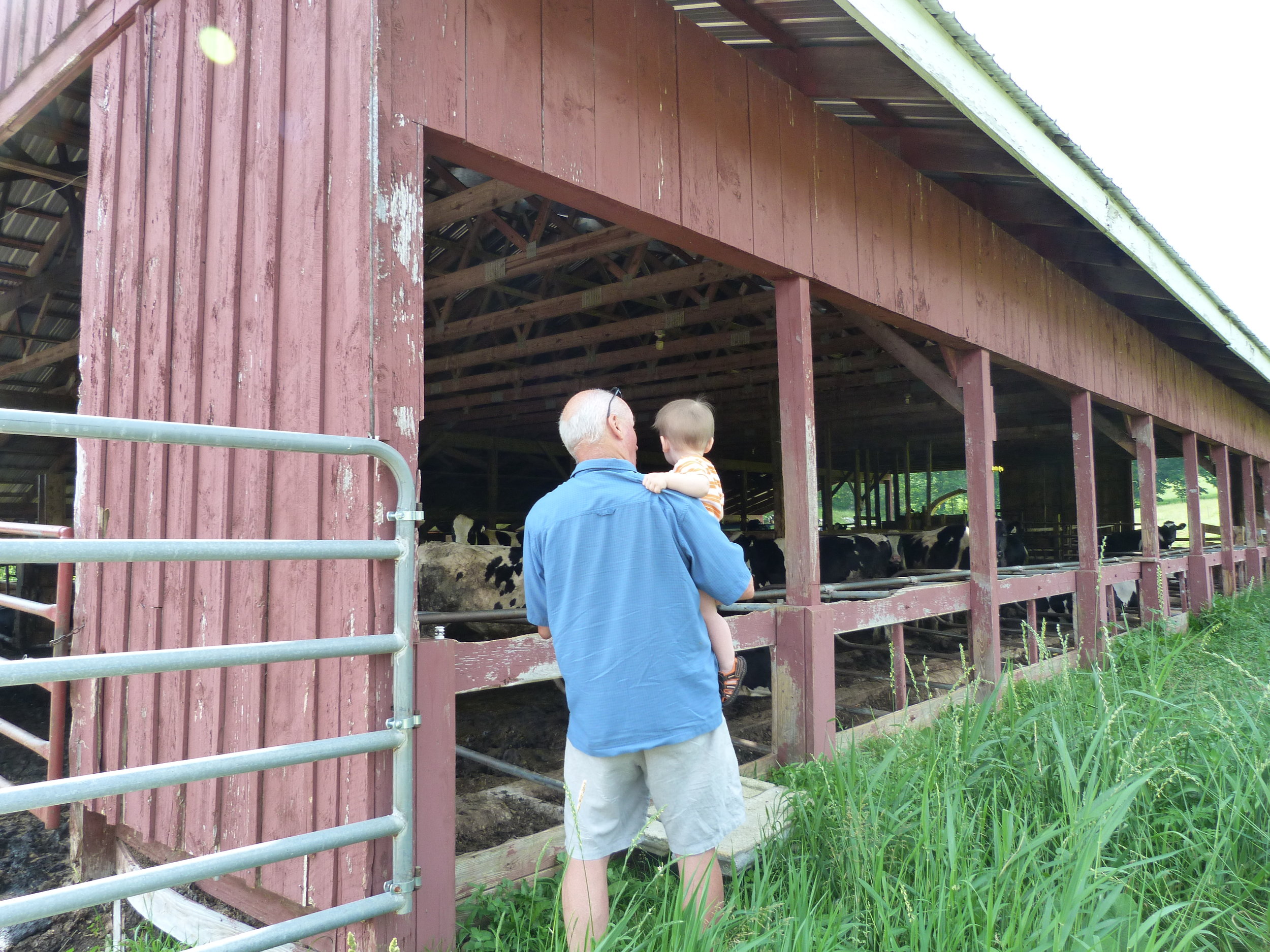 This past year, Louise worked with Maplewood Richmond Heights School District, (MRH), and former superintendent, Linda Henke in St. Louis to research, organize and write a book, School as Museum: A Constructivist Approach to Learning. The book is on its way to becoming a published iBook and will soon be available for the public.
This past year, Louise worked with Maplewood Richmond Heights School District, (MRH), and former superintendent, Linda Henke in St. Louis to research, organize and write a book, School as Museum: A Constructivist Approach to Learning. The book is on its way to becoming a published iBook and will soon be available for the public.
One of the chapters that Louise wrote draws on the work of Daniel Pink from his book, A Whole New Mind: How Right-Brainers Will Rule the Future. Daniel Pink describes the six primarily left-brain functions that his research shows will help to lead us toward a hopeful, healthy future: Design; Story; Symphony; Empathy; Play; and Meaning. Daniel Pink calls these functions the Six Senses. At MRH, we named these same brain functions 21st Century Learning Processes. This blog post is excerpted from the writing on the Learning Process called Design...
In Steps to an Ecology of Mind, Gregory Bateson calls aesthetics “the pattern that connects.” In Reggio Emilia, Italy, this philosophy of Bateson is primary to the educators in their municipal early childhood system. The teachers there understand that engaging experiences and provocative questions, high quality materials in a well-stocked, beautiful environment lead children to discover and create “patterns that connect,” and whole, beautiful responses to the world around them. It is a radical thing to say that aesthetics is not so much about making something pretty as it is about holding things together in a way that makes sense and that we would not see or understand otherwise. That is what they mean by aesthetics in Reggio Emilia and that is what they practice.
Connecting patterns to create meaning within a pleasing, understandable whole is one of the central qualities and powers of good design. This is what children learn through the grades at MRH Elementary School when they design exhibits that synthesize and communicate what they have learned for a real audience.

An educator who has inspired us at MRH is Ron Berger, author of An Ethic of Excellence, Building a Culture of Craftsmanship with Students. (Ron is now writing the foreword to our book.) Ron believes that students experience lasting, meaningful and high performance results when they create work for a public audience, work through drafts until work is publishable, master the skills of peer critique and learn from models of exemplary student work from the past to inspire and guide them. Ron writes, “If you’re going to do something, I believe that you should do it well. You should sweat over it and make sure that it is strong and accurate and beautiful and you should be proud of it.”
Each year, students at MRH learn more about design principles that will make their exhibits strong and engaging. The key elements that each MRH student learns in order to design and exhibit include how to:
• Choose appropriate and complementary fonts and font sizes
• Create titles, subtitles, captions and quotes
• Align text and other media
• Balance text and other media
• Select harmonious working colors
• Maintain consistency of quality and elements
• Work with proximity, white space and overall spacing of elements
• Collaborate with a design team
Another aspect of design is framed in Design Thinking, "a structured, approach to generating and developing ideas." We have used the resources of Design Thinking for Educators.
In Design Thinking, there are five phases of the design process.
- Discovery. I have a challenge. How do I approach it?
- Interpretation. I learned something. How do I interpret it?
- Ideation. I see an opportunity. What do I create?
- Experimentation. I have an idea. How do I build it?
- Evolution. I learned something. How do I evolve it?
To hold ideas together in a way that makes sense, to think creatively in disciplined yet open ways, to create beautiful work that inspires others, to communicate what we have learned and what is most important effectively and in artful ways…all of this is what encompasses Design and how we think about it and practice it at MRH Elementary School.


 How is your summer? In full swing? Hot? Are you jumping in the lake or the ocean? Going to Farmer's Markets? Enjoying outings with family and friends?
We hope you are doing all of it, and relishing summer's bounty and freedom. We are doing our best and loving it, interspersed with preparing for an exciting fall with new work with some wonderful schools and architecture firms. More on that soon.
How is your summer? In full swing? Hot? Are you jumping in the lake or the ocean? Going to Farmer's Markets? Enjoying outings with family and friends?
We hope you are doing all of it, and relishing summer's bounty and freedom. We are doing our best and loving it, interspersed with preparing for an exciting fall with new work with some wonderful schools and architecture firms. More on that soon.

















